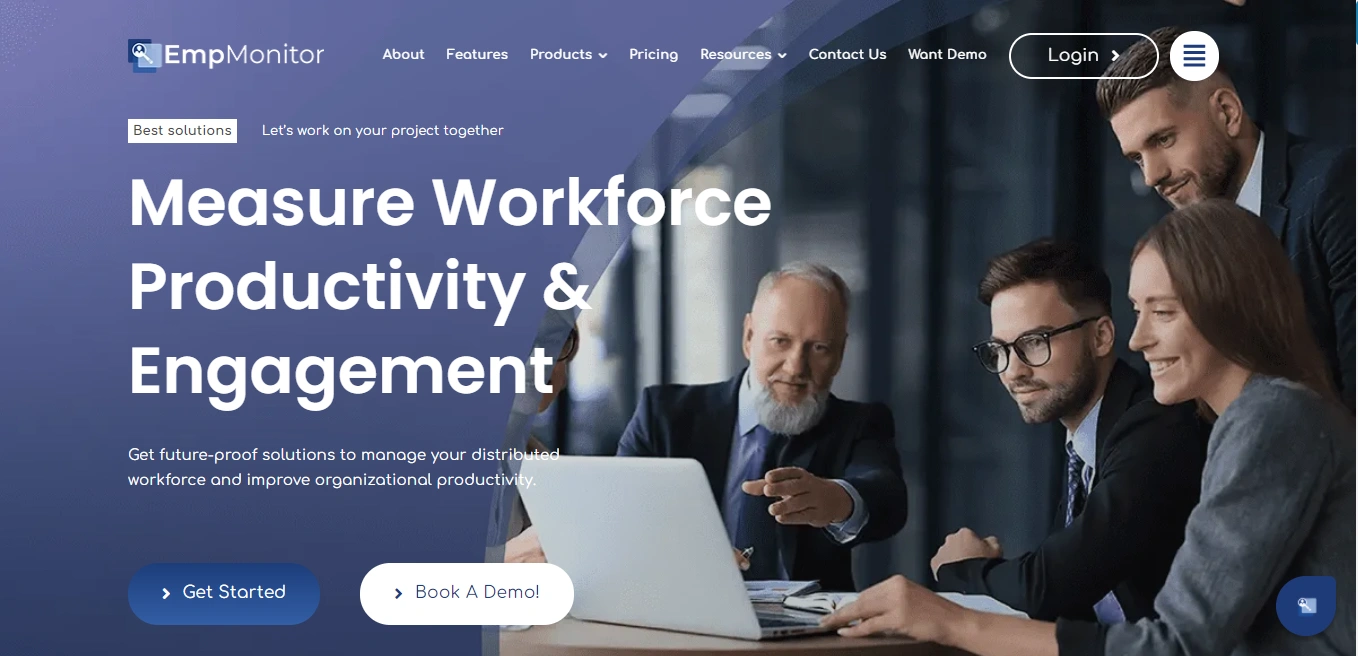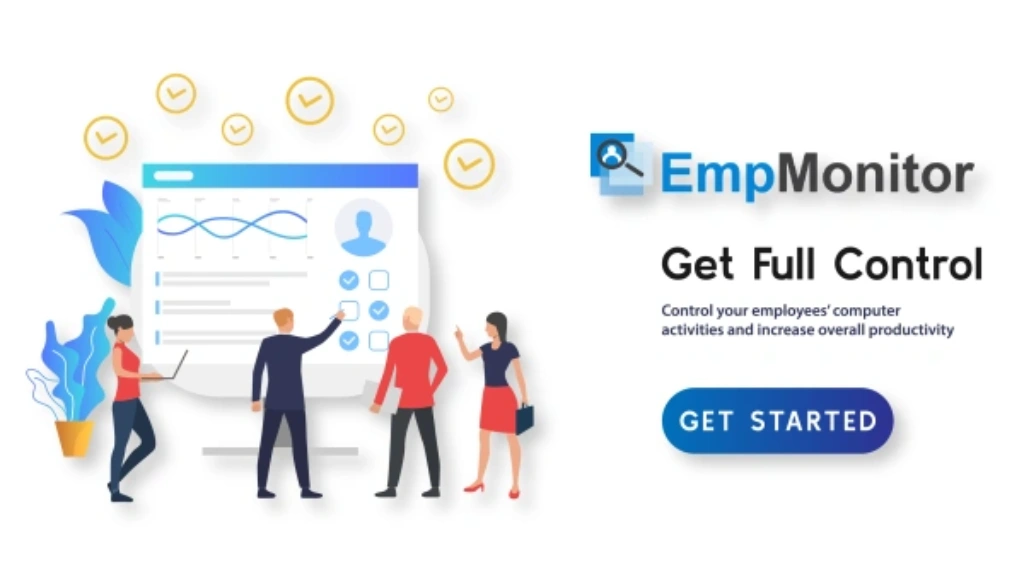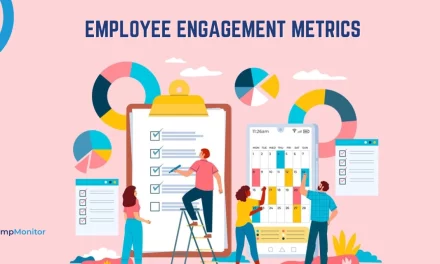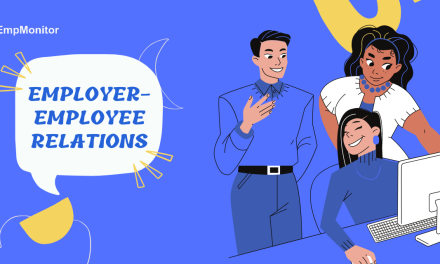When it comes to building a productive, high-performing team, employee engagement is the foundation. Engaged employees bring energy, purpose, and innovation to their roles — but what happens when that connection fades?
Not all disengagement looks the same. Some employees may openly express dissatisfaction, while others quietly drift through their tasks, emotionally checked out. That’s where the comparison of unengaged vs disengaged employees becomes crucial.
Though they may seem similar, these two states reflect very different behaviors and require distinct solutions. One is passively going through the motions; the other may actively harm morale.
Understanding the difference isn’t just a matter of wording — it’s key to spotting early warning signs, maintaining a healthy culture, and driving long-term team performance.
In this blog, we’ll break down the core traits of unengaged vs disengaged employees, examine their impact on the workplace, and share strategies to re-engage your team before productivity slips.
Listen To The Podcast Now!
What Does It Mean To Be Unengaged?
Being unengaged means an employee is mentally and emotionally detached from their work — but not necessarily in a negative or disruptive way. These individuals often appear neutral: they’re not complaining, but they’re also not contributing beyond what’s required.
Unengaged employees typically lack a strong connection to their role or the company’s goals. They fulfill their responsibilities, but without energy, enthusiasm, or a sense of purpose. While they aren’t actively undermining the workplace, their indifference can quietly impact overall morale and productivity.
This state often develops when employees feel underchallenged, overlooked, or disconnected from growth opportunities. And though unengagement may seem harmless at first, it’s often a warning sign that deeper disengagement may be on the horizon.
What Is a Disengaged Employee?
A disengaged employee is someone who has mentally checked out of their job — and unlike unengaged employees, they often carry a negative attitude that can affect others. These individuals may be openly dissatisfied, resistant to feedback, and show signs of frustration or resentment toward the company.
Disengaged employees have moved beyond indifference. They feel frustrated, ignored, overworked, or even wronged by the organization. Their dissatisfaction often stems from:
- A toxic work environment
- Poor leadership communication
- Lack of recognition
- Career stagnation
Unlike their unengaged counterparts, disengaged employees may vocalize complaints, show visible frustration, or even spread negativity. In team settings, this attitude can quickly erode morale and collaboration.
Understanding disengaged vs unengaged behavior is essential to intervene effectively.
Unengaged vs Disengaged Employees: 4 Major Differences
To truly understand the impact of unengaged vs disengaged employees, it’s important to recognize their behaviors in action.
1. Productivity and Work Output
- Unengaged: These employees do what’s asked — no more, no less. Tasks get done, but creativity, initiative, and problem-solving are often absent.
- Disengaged: Performance drops significantly. Work is sloppy, deadlines are missed, and they often resist collaborating with others.
2. Communication and Morale
- Unengaged: They’re usually silent. You won’t hear much from them — good or bad. They may seem agreeable but aren’t truly participating in company culture.
- Disengaged: Often vocal about dissatisfaction. Their tone may be cynical or critical, especially when discussing leadership or policy.
3. Attendance and Punctuality
- Unengaged: Still show up on time and maintain a routine. They’re physically present but mentally checked out.
- Disengaged: Frequently late, leave early, or call in sick without notice. Their absence creates workflow gaps and adds stress to other team members.
4. Growth and Development
- Unengaged: They might still care about personal development. Some even engage in learning to seek better roles elsewhere.
- Disengaged: Development is no longer a priority. They’ve emotionally quit, and it’s only a matter of time before they leave for good.
These distinctions in unengaged vs disengaged behavior help pinpoint how far an employee has strayed from engagement — and what corrective actions are still possible.
Why It Matters: The Business Impact of Low Engagement
Whether it’s unengaged vs disengaged employees, both conditions are costly. Gallup’s State of the Global Workplace Report reveals that low engagement costs businesses $8.9 trillion globally.
And here’s what’s even more concerning: only 23% of employees are considered fully engaged. The rest are either coasting through tasks or actively dragging performance down.
The Cost of Disengagement:
- 18% of an employee’s annual salary is lost to disengagement
- 49% increase in accidents
- 60% more errors
- 37% increase in absenteeism
- 16% lower profitability
- 18% drop in productivity
That’s not just bad — it’s unsustainable. Understanding unengaged vs disengaged employees is more than semantics; it’s a business imperative.
Bridging the Gap Between Unengaged and Disengaged Employees
Now that we’ve explored the key differences in the unengaged vs disengaged employee debate, it’s essential to understand that neither group should be dismissed or labeled as “problematic.” In most cases, these are signals — not verdicts — pointing to deeper systemic issues within the workplace environment.
A company’s success depends on how it responds to these early warning signs. Rather than waiting until someone is completely checked out, implementing strategies to rekindle their motivation and involvement is crucial.
Root Causes: Why Do Employees Become Unengaged or Disengaged?
While many assume that unengaged vs disengaged employees are simply unmotivated, the truth is far more complex. Several factors contribute to these mindsets:
- Poor management communication: Employees feel left in the dark or undervalued.
- Lack of purpose: Workers don’t see how their work aligns with larger company goals.
- Inadequate recognition: Wins go unnoticed, leading to decreased morale.
- Limited growth opportunities: There’s no clear path for advancement or skill-building.
- Overwork and burnout: Particularly among disengaged workers, chronic overwork can destroy any sense of satisfaction.
- Toxic culture or poor peer relationships: When collaboration becomes a chore, engagement plummets.
Understanding these root causes helps HR teams and leaders implement more targeted solutions and draw meaningful conclusions from employee monitoring software and feedback data.
How to Re-Engage Unengaged Employees Before It’s Too Late?
The good news? Unengaged employees are often much easier to re-engage than their disengaged counterparts. Think of unengagement as a flickering light rather than a burnt-out bulb — there’s still potential if you act fast.
Before the spark goes out completely, it’s crucial to understand how to engage employees with purpose, communication, and opportunity.
Here’s how to motivate a disengaged employee:
1. Create a Culture of Feedback
Employees thrive when they feel heard. Routine check-ins, anonymous surveys, and open forums give them an outlet to express frustrations early. This allows employers to act proactively and differentiate between unengaged vs disengaged behavior in real time.
2. Recognize Small Wins
Even a small gesture like expressing gratitude or recognizing someone’s effort during team meetings can make a big impact. Publicly celebrating effort — not just big achievements — helps boost morale and rebuild connection with company values.
3. Connect Work to Purpose
Help unengaged team members see the “why” behind the tasks. Show them how their work contributes to customer satisfaction, business growth, or industry impact. This reaffirms that their role matters.
4. Encourage Autonomy and Creativity
Micromanagement is a surefire way to disengage a once-motivated employee. Encourage them to pitch ideas, take ownership of projects, or lead initiatives. Freedom fosters investment.
How to Handle Disengaged Employees With Care?
Disengaged employees present a deeper challenge. These individuals are often past the stage of apathy and may feel frustrated, cynical, or hostile. They might have voiced concerns repeatedly without seeing action or may be quietly enduring a negative work experience.
Here’s how to handle disengagement effectively:
1. Start With Empathy
Rather than jumping to discipline, begin with understanding. Use 1-on-1 meetings to ask what’s bothering them. Approach the conversation as a partner, not a critic.
2. Address Root Problems Swiftly
If the source of disengagement is management-related, cultural, or due to work overload, tackle those areas immediately. Ignoring their feedback will only deepen the problem.
3. Explore Role Adjustments
Sometimes, disengagement stems from a misalignment between employee strengths and job responsibilities. Consider reassigning projects, shifting departments, or redesigning roles.
4. Offer Coaching and Support
Pair disengaged employees with mentors, offer career coaching, or enroll them in leadership training programs. Let them see there’s a future in the company — one that aligns with their goals.
The Power of Data: Using Technology to Track and Boost Engagement
You can’t fix what you can’t measure. That’s why employee monitoring software and productivity monitoring software play such a vital role in today’s workforce strategies.
A solution like EmpMonitor, which functions as both a workforce management and employee monitoring software, enables organizations to gather actionable insights without breaching trust. It helps track productivity patterns, monitor workload distribution, and detect early signs of disengagement — all through a transparent and ethical approach.
How EmpMonitor Supports Employee Engagement?
EmpMonitor goes beyond simple monitoring—it empowers organizations with the data and tools needed to nurture a more engaged and productive workforce. With features designed to enhance transparency, streamline workflows, and identify potential bottlenecks, EmpMonitor plays a critical role in shaping better workplace experiences.
Here’s how it helps:
-
Insightful Productivity Reports:
Monitor active hours, app usage, and task timelines to understand how employees work best.
-
Real-Time Activity Monitoring:
Detect early signs of disengagement or burnout through behavior trends—without micromanaging.
-
Workload Balancing:
Ensure fair distribution of tasks by tracking overworked or underutilized employees.
-
Flexible Attendance Management:
Track clock-in/out data accurately, even for remote or hybrid teams.
-
Custom Alerts & Reports:
Stay proactive with alerts on productivity dips, long idle times, or sudden activity changes.
Discover how EmpMonitor’s powerful features—from intelligent time tracking to real-time productivity insights—help drive a high-performing, balanced workplace that drives engagement from within.
For companies dealing with the unengaged vs disengaged dilemma, this kind of software can be a game-changer. It offers tangible data that allows managers to intervene earlier, communicate more effectively, and tailor strategies to specific needs.
Also Read: –
15 Warning Signs of Employee Disengagement: A Complete Guide
How To Motivate A Disengaged Employee In 2025?
Engaging a Modern Workforce: The Hybrid Challenge
Today’s work environment has added complexity with remote and hybrid setups. These models, while flexible, often blur boundaries and can contribute to both unengagement and disengagement.
Here’s how to adapt engagement strategies in a hybrid world:
- Hold purposeful virtual check-ins to ensure every voice is heard, not just those in-office.
- Invest in workforce management software to coordinate teams, monitor workloads, and keep goals transparent.
- Promote digital socialization, such as virtual coffee chats or recognition walls.
- Be mindful of work-life balance. Just because someone is online doesn’t mean they’re available 24/7.
Hybrid work requires intentional connection and structure to combat the isolation that can lead to disengagement.
Prevention Is Better Than Cure: Establishing Long-Term Engagement Strategies
Addressing unengaged vs disengaged employees shouldn’t be reactive. The best companies build proactive systems that create long-term engagement and minimize the risk of disconnection.
Here are some best practices:
1. Onboard With Purpose
First impressions matter. A thorough onboarding process — complete with mentorship, culture immersion, and early wins — sets the tone for engaged behavior.
2. Offer Learning Opportunities
Regular training sessions, access to online courses, and skill-based challenges keep employees invested in their own growth. This combats stagnation, a common precursor to unengagement.
3. Ensure Transparent Leadership
Trust starts at the top. Leaders who communicate honestly, admit faults, and celebrate team efforts cultivate loyalty and motivation.
4. Foster Inclusion
Diversity without inclusion is hollow. Make sure every employee feels like their perspective matters, regardless of background or role.
Final Thoughts: Turning Awareness Into Action
The unengaged vs disengaged spectrum is more than just a buzzword comparison — it’s a reflection of the emotional connection employees have with their work. Understanding this distinction allows leaders to build a healthier, more resilient workforce.
By combining empathetic leadership with the power of productivity monitoring software and workforce management software, organizations can:
- Detect early signs of disconnection,
- Improve morale through tailored interventions,
- Promote an environment where each team member feels acknowledged, understood, and appreciated.
Because at the end of the day, engagement isn’t a one-time task — it’s an ongoing commitment to people.
FAQs: –
Q1. What is the key difference between unengaged and disengaged employees?
Unengaged employees are indifferent and uninspired but not necessarily negative, while disengaged employees often harbor dissatisfaction and may express it openly. The former might still be reachable with the right motivation; the latter often require deeper intervention.
Q2. Can an unengaged employee become disengaged over time?
Yes. If unengaged employees remain unsupported or underchallenged, they may gradually lose hope in the organization and shift into active disengagement, making them harder to re-engage.
Q3. What is a disengaged person?
A disengaged person is someone who lacks enthusiasm for their work, feels emotionally disconnected from their role, and may contribute minimally—or even negatively—to the workplace culture. They often display signs of dissatisfaction, withdrawal, or resistance to organizational goals.
Q4. What is unengaged?
An unengaged employee is someone who does the bare minimum required without emotional investment or a sense of purpose. They’re not actively disruptive but aren’t motivated or enthusiastic about contributing beyond basic expectations.
















